
🌲 Christmas 🎼 Songs 🎄

Written By Jewish Musicians
🎁 Part II 🌲 🎄
🎁 Part II 🌲 🎄
🎄 ✨ ❄️ ♫
⛄️ 🌟 🎁 🎅 ✨ 🎸 ♫ 🎄 ♪♫
- Chestnuts Roasting on an Open Fire - by Bob Wells and Mel Tormé
- Silver Bells - by Jay Livingston and Ray Evans.
- I’ll Be Home for Christmas - by the lyricist Kim Gannon and composer Walter Kent
- Santa Baby - by Joan Javits and Philip Springer
- White Christmas - by Irving Berlin.
- Let It Snow - by Jule Styne
- Rudolph the Red-Nosed Reindeer - by Robert L. May and Johnny Marks
🎄 ✨ ❄️ ♫ ⛄️ 🌟 🎁 🎅 ✨ 🎸 ♫ 🎄♪
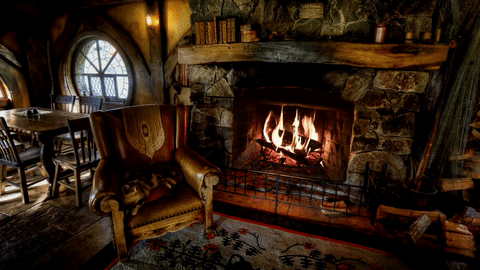
Chestnuts Roasting on an Open Fire

Chestnuts Roasting on an Open Fire
by Bob Wells and Mel Tormé
👇♪ 📽 ♪ 👇
"The Christmas Song" (commonly subtitled "Chestnuts Roasting on an Open Fire" or, as it was originally subtitled, "Merry Christmas to You") is a classic Christmas song written in 1945 by Bob Wells and Mel Tormé. According to Tormé, the song was written during a blistering hot summer. In an effort to "stay cool by thinking cool", the most-performed (according to BMI) Christmas song was born. "I saw a spiral pad on his (Wells') piano with four lines written in pencil", Tormé recalled. "They started, 'Chestnuts roasting..., Jack Frost nipping..., Yuletide carols..., Folks dressed up like Eskimos.' Bob didn't think he was writing a song lyric. He said he thought if he could immerse himself in winter he could cool off. Forty minutes later that song was written. I wrote all the music and some of the lyrics."
The Nat King Cole Trio first recorded the song early in 1946. At Cole's behest – and over the objections of his label, Capitol Records – a second recording was made later the same year utilizing a small string section, this version becoming a massive hit on both the pop and R&B charts. Cole again recorded the song in 1953, using the same arrangement with a full orchestra arranged and conducted by Nelson Riddle, and once more in 1961, in a stereophonic version with orchestra conducted by Ralph Carmichael. Cole's 1961 version is generally regarded as definitive, and in 2004 was the most-loved seasonal song with women aged 30–49, while the original 1946 recording was inducted into the Grammy Hall of Fame in 1974
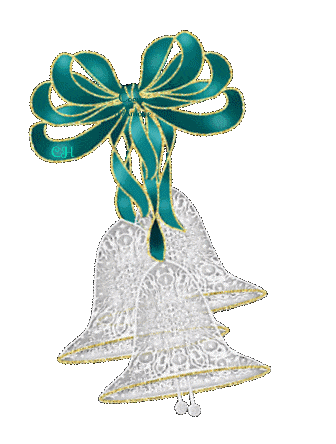


Silver Bells
by Jay Livingston & Ray Evans
👇♪ 📽 ♪ 👇
"Silver Bells" is a popular Christmas song, composed by Jay Livingston and Ray Evans. "Silver Bells" was first performed by Bob Hope and Marilyn Maxwell in the motion picture The Lemon Drop Kid, filmed in July - August 1950 and released in March 1951. The first recorded version was by Bing Crosby and Carol Richards on September 8, 1950 with John Scott Trotter and his Orchestra and the Lee Gordon Singers which was released by Decca Records in October 1950. After the Crosby and Richards recording became popular, Hope and Maxwell were called back in late 1950 to re-film a more elaborate production of the song

I’ll Be Home for Christmas
by the lyricist Kim Gannon and composer Walter Kent
🎸 🎶 🎸Elvis Presley 🎸🎶🎸
👇♪ 📽 ♪ 👇
"I'll Be Home for Christmas" is a Christmas song written by the lyricist Kim Gannon and composer Walter Kent and recorded in 1943 by Bing Crosby, who scored a top ten hit with the song. Originally written to honor soldiers overseas who longed to be home at Christmastime, "I'll Be Home for Christmas" has since gone on to become a Christmas standard.
🎄🎶🎸 🎄🎶🎸 🎄🎶🎸 🎄🎶🎸 🎄
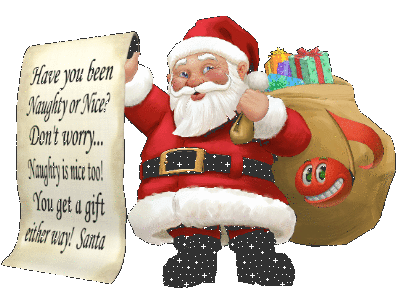
🎅 Santa Baby 🎅

🎅 Santa Baby 🎅
by Joan Javits and Philip Springer
Eartha Kitt
Eartha Kitt
👇♪ 📽 ♪ 👇
"Santa Baby" is a 1953 Christmas song written by Joan Javits (the niece of Senator Jacob K. Javits) and Philip Springer, sung originally by Eartha Kitt. The song is a tongue-in-cheek look at a Christmas list addressed to Santa Claus by a woman who wants extravagant gifts such as sables, yachts, and decorations from Tiffany's
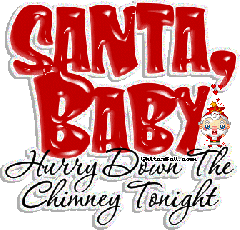

🎅 🎁 🎁 🎅 🎁 🎁 🎅 🎁 🎁 🎅 🎁 🎁 🎅


White Christmas
by Irving Berlin
👇♪ 📽 ♪ 👇
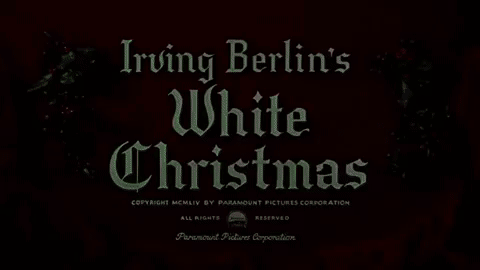

"White Christmas" is a 1942 Irving Berlin song reminiscing about an old-fashioned Christmas setting. The version sung by Bing Crosby is the world's best-selling single with estimated sales in excess of 100 million copies worldwide. Other versions of the song, along with Crosby's, have sold over 50 million copies
❄️ ❄️ ❄️ ❄️ ❄️ ❄️ ❄️ ❄️ ❄️ ❄️ ❄️ ❄️
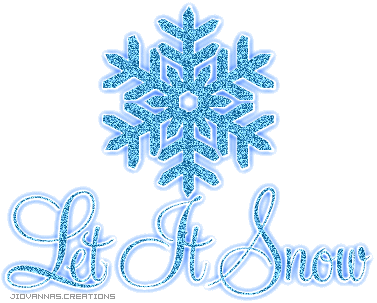
☃️ ❄️Let It Snow ❄️☃️

☃️ ❄️Let It Snow ❄️☃️
by Jule Styne
❄️Dean Martin ❄️
❄️Dean Martin ❄️
👇♪ 📽 ♪ 👇
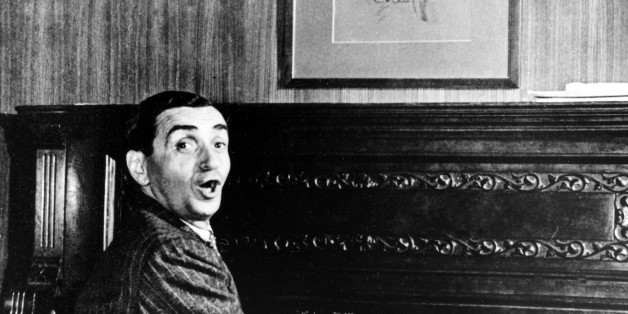
"Let It Snow! Let It Snow! Let It Snow!", also known as "Let It Snow", is a song written by lyricist Sammy Cahn and composer Jule Styne in July 1945. It was written in Hollywood, California during a heat wave as Cahn and Styne imagined cooler conditions. Although the song's lyrics make no mention of Christmas, it is played on radio stations during the Christmas season and is often covered by various artists on Christmas-themed albums.
❄ ❄ ❄ 🎄🎅🎄⛄🎄⛄ 🎅❄⛄🎄🎀 🎄❄️⛄️❄ ❄ ❄
❄ ☃️ ☃️❄ ❄ ☃️ ☃️❄ ❄ ☃️ ☃️❄

🦌Rudolph the Red-Nosed Reindeer🦌
❄ ☃️ ☃️❄ ❄ ☃️ ☃️❄ ❄ ☃️ ☃️❄

🦌Rudolph the Red-Nosed Reindeer🦌
by Robert L. May and Johnny Marks
Vocal - Gene Autry
👇♪ 📽 ♪ 👇
Rudolph, the red-nosed reindeer had a very shiny nose.
And if you ever saw him, you would even say it glows.
All of the other reindeer used to laugh and call him names.
They never let poor Rudolph join in any reindeer games.
Then one foggy Christmas Eve Santa came to say:
"Rudolph with your nose so bright, won't you guide my sleigh tonight?"
Then all the reindeer loved him as they shouted out with glee,
Rudolph the red-nosed reindeer, you'll go down in history!
And if you ever saw him, you would even say it glows.
All of the other reindeer used to laugh and call him names.
They never let poor Rudolph join in any reindeer games.
Then one foggy Christmas Eve Santa came to say:
"Rudolph with your nose so bright, won't you guide my sleigh tonight?"
Then all the reindeer loved him as they shouted out with glee,
Rudolph the red-nosed reindeer, you'll go down in history!
🦌Rudolph the Red-Nosed Reindeer, popularly known as "Santa's ninth reindeer", is a fabled reindeer created by Robert Lewis May. Rudolph is usually depicted as the lead reindeer pulling Santa's sleigh on Christmas Eve, though he is a young buck who has only adolescent antlers and a glowing red nose. Though he receives scrutiny for it, the luminosity of his nose is so great that it illuminates the team's path through harsh winter weather.
Johnny Marks, adapted the story of Rudolph into a song. Gene Autry's recording of the song hit No. 1 on the Billboard pop singles chart the week of Christmas 1949. Autry's recording sold 2.5 million copies the first year, eventually selling a total of 25 million, and it remained the second best-selling record of all time until the 1980s
🎄 ✨ ❄️ ♫ ⛄️ 🌟 🎁 🎅 ✨ 🎸 ♫ 🎄♪

♪♪ 🎄 🎅❄️ 🎸⛄️ 🌟 ♪♪ 🌟 🎁 🎅 ✨ 🎶 🎁 🎸♪♪

Why Were So Many Christmas Songs ♫
🎄By Jewish Musicians ♪ 🎅♫

♪♪ 🎄 🎅❄️ 🎸⛄️ 🌟 ♪♪ 🌟 🎁 🎅 ✨ 🎶 🎁 🎸♪♪

Why Were So Many Christmas Songs ♫
🎄By Jewish Musicians ♪ 🎅♫

🌲
🦌🎄❄🌍 🎅🌎 ⛄🌏🎄 ☃️ 🎄 🎁 😊 🌟🌲 🎆 🎄🎀💗🎀🎄❄⛄ 🎄💖 🎇 ❄ 🎅🏼 ❄🎄 🌟 ❄❄❄💝🎄🌟🎄🎅🏻🎄🎁🎄🌟 ☮🎄✨⛄🎄 🦌 🎅 🦌 🎄 🌲 🎄


No comments:
Post a Comment